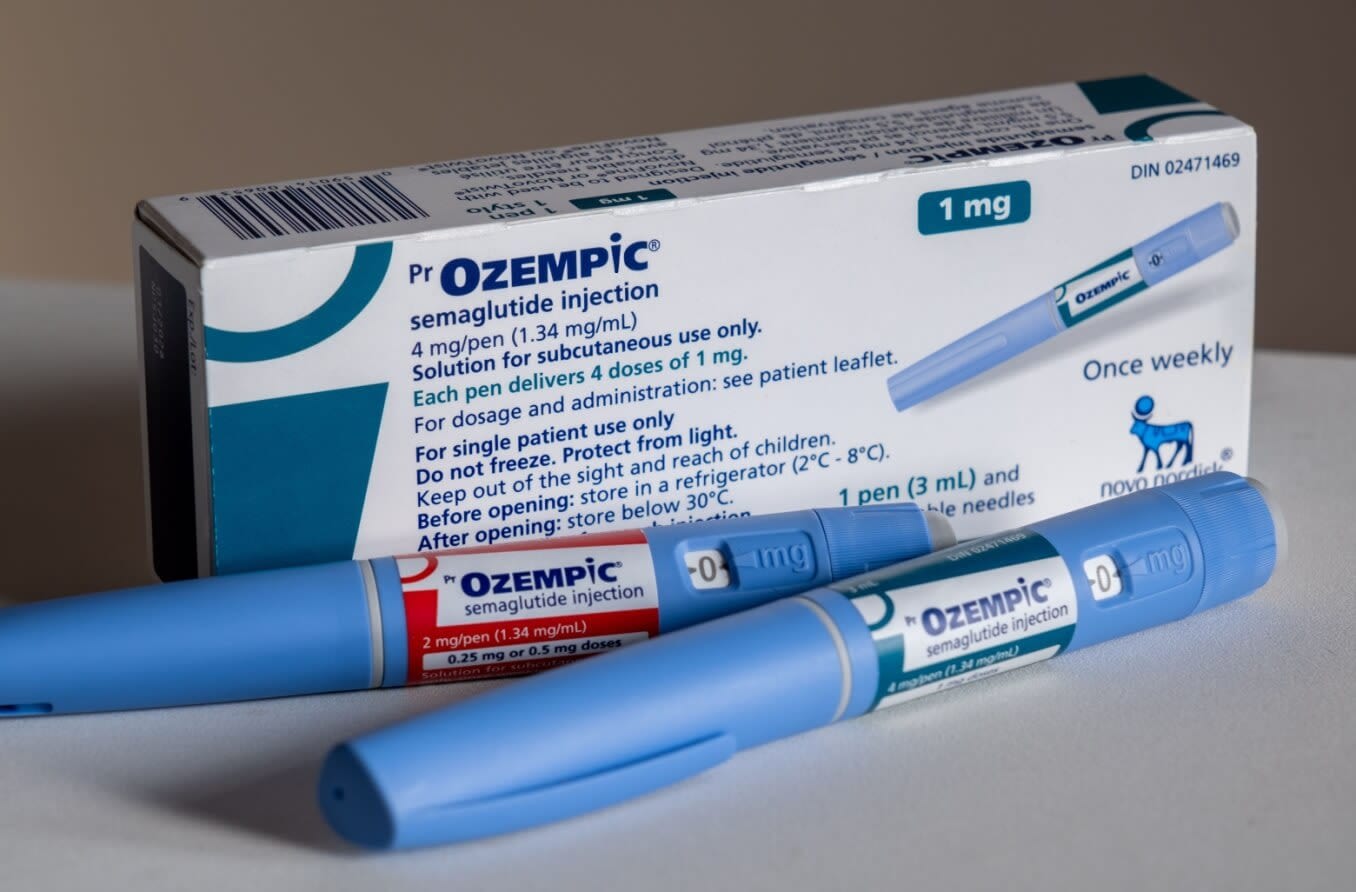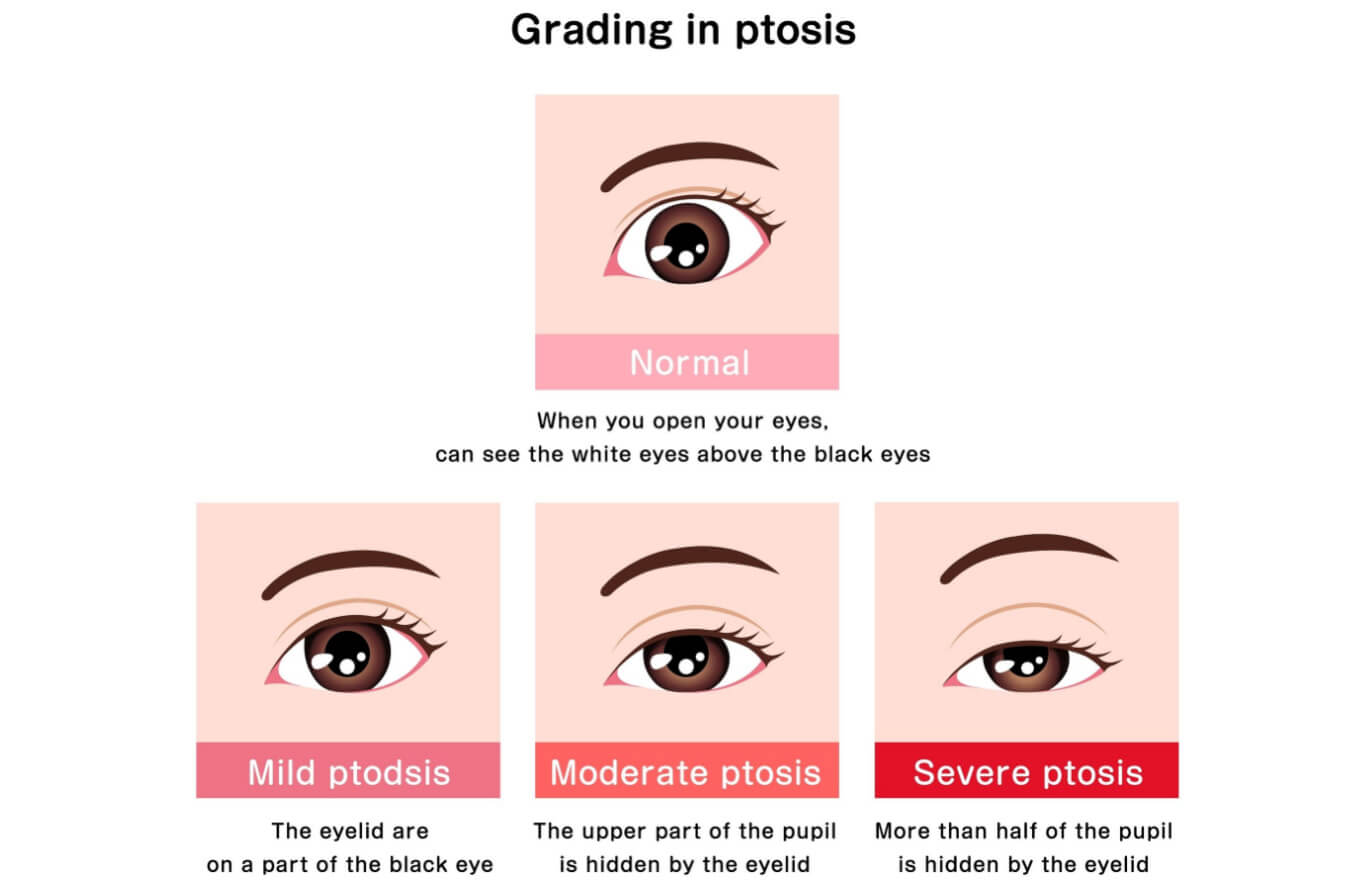What is semaglutide?
Semaglutide is a drug first developed as a Type 2 diabetes medication and later approved for weight management. Ozempic, Wegovy and Rybelsus are a few name brands for semaglutide. Some studies have shown that Ozempic may cause vision changes or worsen complications of diabetic retinopathy.
Semaglutide lowers your blood sugar levels but it is not a cure for diabetes, and it is not a replacement for insulin. It is also not meant for use in people with Type 1 diabetes. This medication decreases appetite, which can aid in weight loss. Doctors recommend starting a diet and exercise program when taking these medications.
The most common types of semaglutide have different uses and dosages:
- Wegovy – Prescribed for weight management. It is available as a weekly injection in a prefilled dosing pen.
- Ozempic – Prescribed to certain patients with Type 2 diabetes to help lower blood sugar levels and to help lower the risk of heart attack or stroke. It is available as a weekly injection in a prefilled dosing pen.
- Rybelsus – Prescribed to patients with Type 2 diabetes to help lower blood sugar. It is taken as a tablet.
The FDA approved Ozempic to treat Type 2 diabetes in 2017 and Wegovy to treat obesity in 2021. Rybelsus was FDA-approved to manage type 2 diabetes in 2019. The dose of semaglutide is smaller for Ozempic than Wegovy. The dose of semaglutide is higher for Wegovy and is approved for weight loss. To date, Ozempic and Rybelsus are not FDA-approved for weight loss.
Mounjaro (tirzepatide) is another drug that doctors prescribe for Type 2 diabetes. It has similar benefits as semaglutide but is a different medication. It is not approved for weight loss.
Anyone taking semaglutide should be monitored by a doctor and have routine eye exams. It is important to let your eye doctor know you are taking semaglutide, especially if you have diabetic retinopathy. This is a condition that damages the blood vessels of the retina as a complication of diabetes.
Reasons someone would use semaglutide
There are several reasons why your doctor may prescribe semaglutide, including:
- To control blood sugar levels in adults with Type 2 (not Type 1) diabetes.
- To decrease the risk of a heart attack, stroke or death in adults with Type 2 diabetes who also have heart and vascular (blood vessel) disease.
- To help with weight loss in overweight or obese adults who have also developed high blood pressure, high cholesterol or diabetes. This medication is taken in addition to following an exercise regimen and eating a low-fat diet.
- To aid in weight loss for obese children aged 12 or older. This medication is taken in addition to following an exercise regimen and eating a low-fat diet.
READ MORE: 15 ways heart disease affects eye health
How do medications such as Ozempic, Wegovy and Rybelsus work?
Semaglutide is an incretin mimetic. This means that it works by mimicking a hormone called GLP-1, which the body produces to stimulate the release of insulin when you eat. Insulin is a hormone that moves glucose — a sugar found in your blood after eating — into cells. This process provides energy for the body and is essential for managing blood sugar levels. Semaglutide is prescribed because it:
- Helps the pancreas release the correct amount of insulin for high blood sugar levels, allowing the sugar to move into tissues where it can be used for energy.
- Slows the movement of food as it passes through the stomach, decreasing appetite and helping you feel more full.
Can Ozempic cause blindness?
A recent study suggests that patients taking semaglutide, found in medications like Ozempic and Wegovy, may increase the risk of developing a rare condition called NAION (non-arteritic anterior ischemic optic neuropathy).
NAION causes the sudden onset of symptoms such as:
- Blurry vision
- Peripheral vision loss
- Dark spots in vision
- Changes in color perception
If you take this medication and experience these symptoms, stop taking this medication and contact a doctor immediately.
Experts emphasize, however, that more research is needed to establish a clear link between semaglutide and NAION. They note that individuals with diabetes were already at higher risk for NAION, regardless of semaglutide use.
Since further research is necessary to determine if semaglutide directly causes NAION, the American Academy of Ophthalmology advises that people who have not experienced any symptoms should continue to take their medications as prescribed. You should consult your doctor before you stop taking semaglutide and if you have any questions or concerns about whether it is suitable for you.
Eye side effects of Ozempic and other semaglutides
Ozempic is very effective for controlling blood sugar, but it can have a number of eye and systemic side effects. In addition to blurry vision or worsening of diabetic eye complications, it can cause gastrointestinal issues, dehydration, fatigue, hair loss, sleep disruptions and other issues.
People with diabetes are at risk for not only diabetic retinopathy but also the development of conditions such as cataracts, glaucoma and dry eye. Some eye symptoms such as dry eye may be caused by an underlying health condition as well as a side effect of a drug — such as dehydration caused by semaglutides.
Studies evaluating the effects of Ozempic have found that it can impact the eyes in several different ways.
Diabetic retinopathy
People with diabetes are at risk for many types of diabetic eye problems. Some studies have found that a small number of people may have worsening complications related to diabetic retinopathy when taking Ozempic.
Diabetic retinopathy can occur in people with diabetes because they have too much sugar circulating in their blood. The high blood sugar levels can damage the tiny blood vessels in the retina, the light-sensitive layer at the back of the eye.
The advanced stage of diabetic retinopathy occurs due to retinal neovascularization, the development of new and abnormal blood vessels in the retina which are prone to leak fluids and blood. Symptoms include blurred or warped vision, vision loss and new floaters. Not all floaters are cause for alarm, but if you notice a sudden onset of floaters or other vision issues, contact your eye doctor.
Researchers are not yet sure why Ozempic can sometimes worsen the complications of diabetic retinopathy. Studies are ongoing, and researchers are studying the effects of semaglutide on people with retinal issues caused by diabetes. The majority of people who take Ozempic are not impacted by this. Still, it is important to let your eye doctor know if you are taking a medication like Ozempic or Wegovy.
Blurred vision
People with diabetes can experience fluctuation in blood sugar levels, which can lead to blurry vision. This is because variation in blood sugar can impact how swollen the lens of the eye becomes, changing its overall shape. The shape of the lens is important for clear vision, so as the lens becomes more or less swollen, blurred vision can result.
Since semaglutide affects blood sugar levels, which impacts lens shape, a side effect of this drug can be blurred vision, particularly early on when starting the medication. Older individuals are more likely to have blurry vision as a side effect because the lens becomes less flexible as we age.
After three or four months, blood sugar levels stabilize, and blurred vision from taking Ozempic and similar medications should go away.
Macular complications
Although uncommon, some cases of macular edema have been reported while taking GLP-1 receptor agonists such as semaglutide. The macula is the central part of the retina and is responsible for our fine detailed vision. Macular edema is swelling of the macula that results due to leaking blood vessels, causing blurry vision.
Although there are a number of conditions that cause macular edema, diabetic retinopathy is the most common. Doctors are not sure why drugs such as Ozempic worsen complications of diabetic retinopathy such as macular edema. Studies are underway to better understand why this happens.
Glaucoma
GLP-1R agonists, specifically Rybelsus and another injectable diabetes drug, Trulicity, may have some protective effects against glaucoma in diabetic patients according to some studies. Some findings suggest that these medications may decrease the risk of glaucoma by half in individuals with diabetes. Additional studies are ongoing to further investigate these findings.
READ MORE:Glaucoma: Types, causes, symptoms and treatment
When to see an eye doctor
If you are taking Ozempic or any other semaglutide, the most important step you can take to maintain the health of your eyes is to ensure that you attend all of your eye and medical appointments and report any new symptoms to your doctor.
Semaglutide can significantly improve control of blood sugar in people with diabetes and contribute to successful weight loss. However, some studies have found that these medications can affect the health of the eyes. If you have been diagnosed with diabetic retinopathy and are taking a type of semaglutide such as Ozempic, Wegovy or Rybelsus, it is important to let your eye doctor know. Follow your eye doctor’s recommendations on how closely you should be monitored.
Some side effects, such as blurry vision, may occur in the first few months of taking these medications and are not uncommon. If you notice a sudden onset of blurry vision, warped vision or flashes and floaters, report these symptoms to your doctor immediately.








